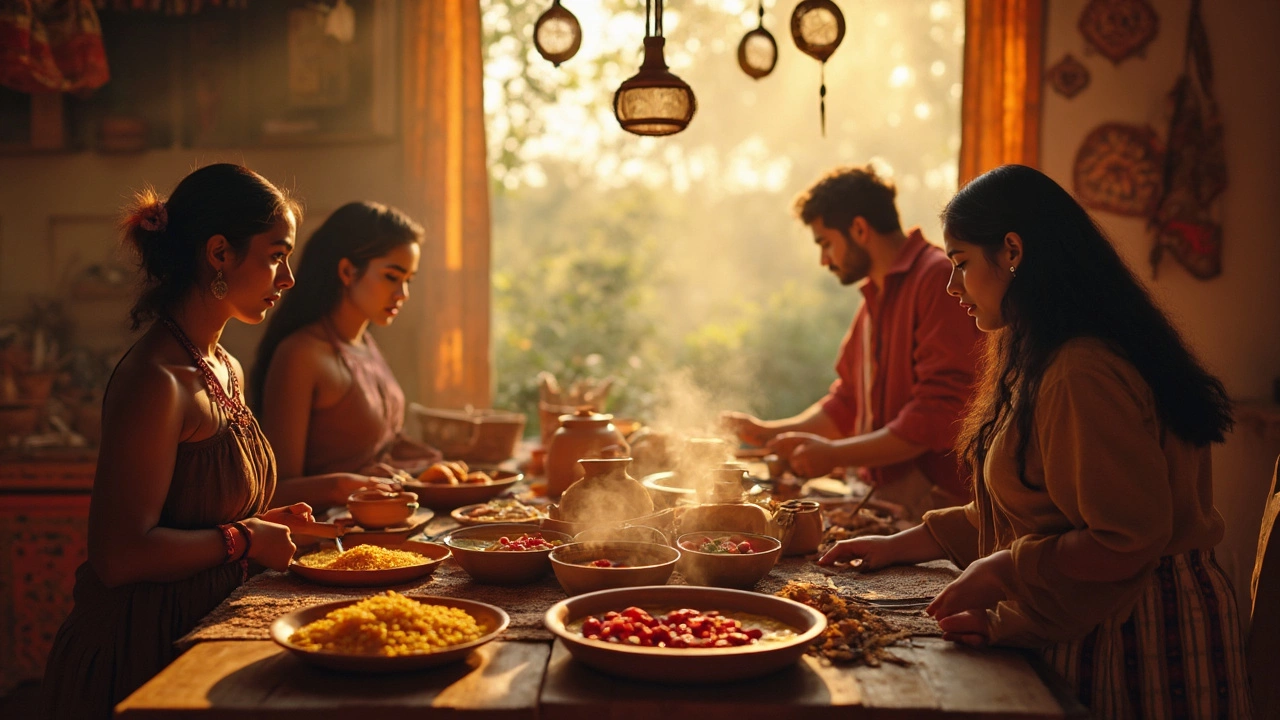Indigenous Recipes: Real Indian Flavors You Can Cook at Home
Ever wonder why some Indian dishes taste so different from the ones you get at a restaurant? The secret is often the local ingredients and age‑old techniques that have been passed down for generations. In this guide we’ll break down what makes an indigenous recipe truly authentic and give you a few ready‑to‑cook examples that bring the real taste of India to your kitchen.
What Makes a Recipe Indigenous?
An indigenous Indian recipe is rooted in the land it comes from. That means using crops that grow locally, spices that are harvested nearby, and cooking methods that have been used for centuries. For instance, a coastal Kerala fish curry relies on coconut milk and curry leaves that thrive in the humid south, while a Punjabi butter chicken gets its richness from ghee and dairy that the region is famous for.
Because these dishes grew out of everyday life, they’re usually simple, adaptable, and full of flavor. You don’t need fancy gadgets—just a good wok, a sturdy pan, and the right spice blend.
Easy Indigenous Recipes to Try Today
1. Tamarind Rice (Puliyodarai) – Tamil Nadu
Mix cooked rice with a tamarind‑spice paste made from tamarind pulp, roasted lentils, peanuts, and a pinch of asafoetida. Toss everything together and garnish with fresh coriander. The tangy, nutty taste is a staple at South Indian festivals.
2. Beetroot Thoran – Kerala
Shred beetroot, sauté with mustard seeds, curry leaves, and grated coconut. A splash of grated coconut gives the dish a soft crunch while the beetroot keeps it bright and healthy. Serve it with any rice or flatbread.
3. Masoor Dal with Jaggery – Rajasthan
Cook red lentils until soft, then stir in a little jaggery, cumin‑tempered oil, and a pinch of dried mango powder (amchur). The sweet‑sour balance mirrors the desert’s love for both spice and sweetness.
All three recipes need just a handful of pantry items and can be prepared in under 30 minutes. The key is to respect the spice ratios and let the ingredients speak for themselves.
When you cook these dishes, think about why each flavor matters. Coconut adds richness in the south, yogurt adds tang in the north, and dry‑roasted spices give depth in the east. By understanding the why, you’ll feel more confident tweaking the recipes to suit your taste.
Finally, remember that indigenous cooking is as much about community as it is about food. Share your plates with family, ask older relatives about the stories behind each dish, and keep the tradition alive. The more you connect with the culture, the richer your cooking experience becomes.
Ready to bring authentic Indian flavors to your table? Grab the ingredients, follow the steps, and enjoy the taste of a true indigenous recipe. You’ll be amazed how simple ingredients can create unforgettable meals that honor the heritage of India’s diverse regions.
What Do Native American Indians Eat for Breakfast? Traditional Foods for Quick Mornings
Explore how Native American Indians kickstart their day with foods rooted in centuries of tradition and practicality. This article breaks down typical breakfast choices, showing the regional variety and everyday ingredients. You’ll learn how some classic staples like cornmeal, berries, and fish are used for quick and nutritious morning meals. Get tips to bring authentic Indigenous flavors to your own breakfast routine without spending hours in the kitchen. These insights are handy if you want something simple, tasty, and different from the usual toast and cereal.
